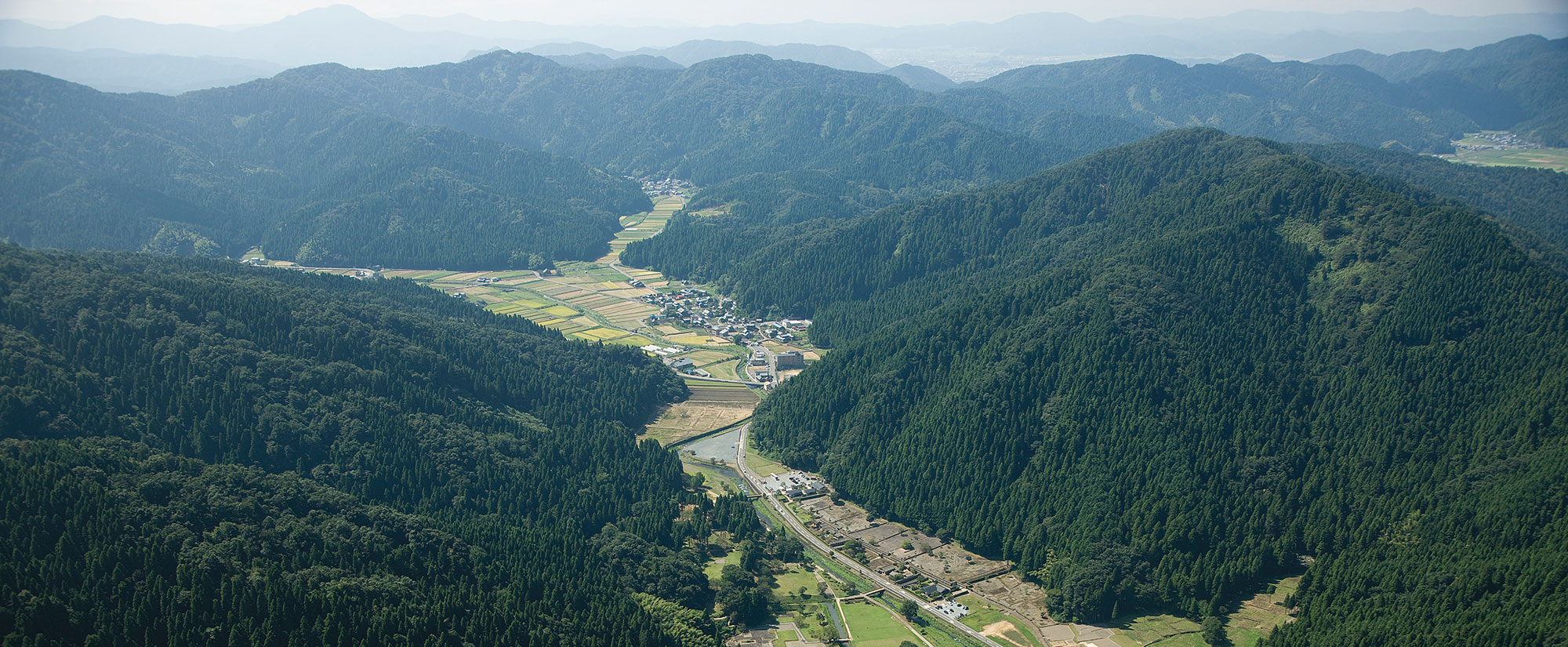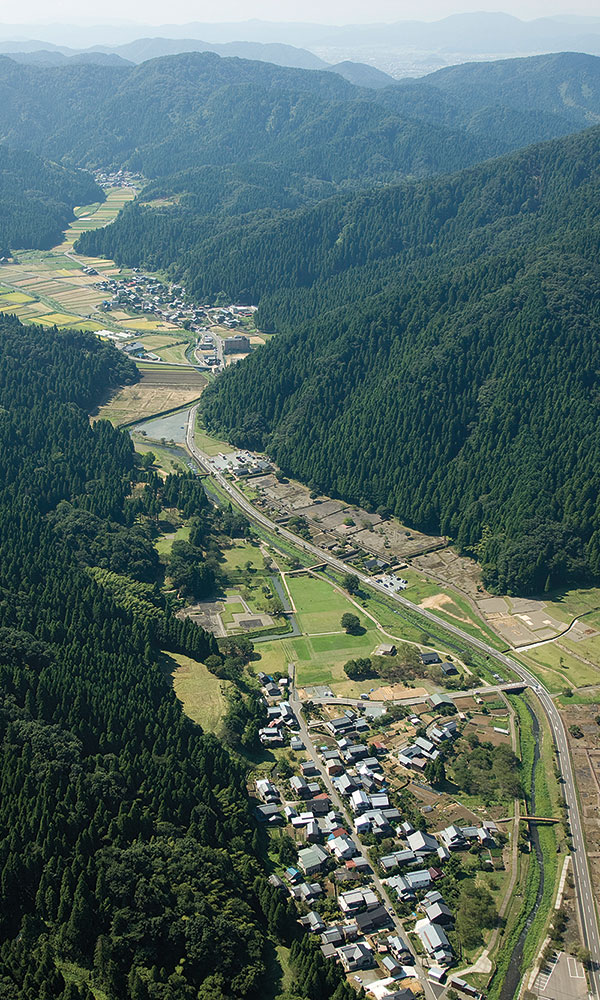BAYUDA DESERT, SUDAN—The Bayuda Desert in central Sudan is one of the least explored regions of the country. Over the past six years, however, a team of Polish archaeologists has conducted a comprehensive investigation of the area and identified over 1,200 archaeological sites dating from the Paleolithic period through the Middle Ages. According to Science in Poland, the researchers then excavated 33 cemeteries and 55 settlements. The oldest sites examined were associated with the Oldowan culture, the earliest known producers of stone tools, but perhaps the most significant discovery was the presence of a dried-up salt lake bed near Jebel El-Muwelha. The team determined that the site was periodically exploited for its deposits of natron, a rare mineral that is only found in a few regions of the world. In ancient Egypt, natron was used in the production of glass and ceramics but, most importantly, was an essential component in the mummification process. “This discovery requires a reanalysis of the communication routes between the volcanic fields, the Nile and further north, in the context of possible trade with Egypt," said archaeologist Henryk Paner. Read the original scholarly article about this research in Antiquity. For more on Sudanese archaeology, go to "A Nubian Kingdom Rises."
Survey Records 1,200 Archaeological Sites in Sudanese Desert
News June 3, 2025
Recommended Articles
Digs & Discoveries September/October 2025
The Things They Carried
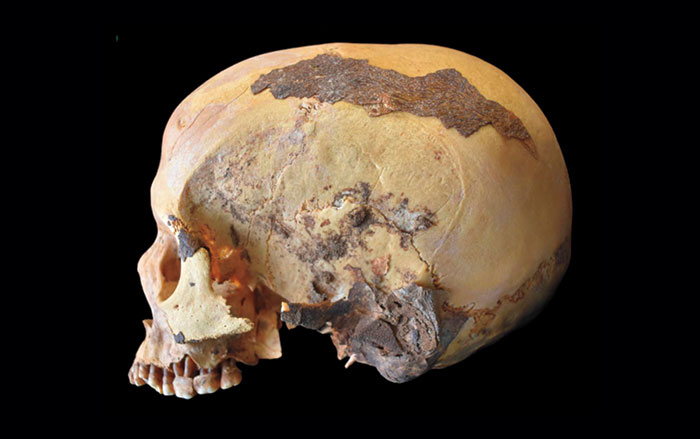
Digs & Discoveries July/August 2024
Sticking Their Necks Out
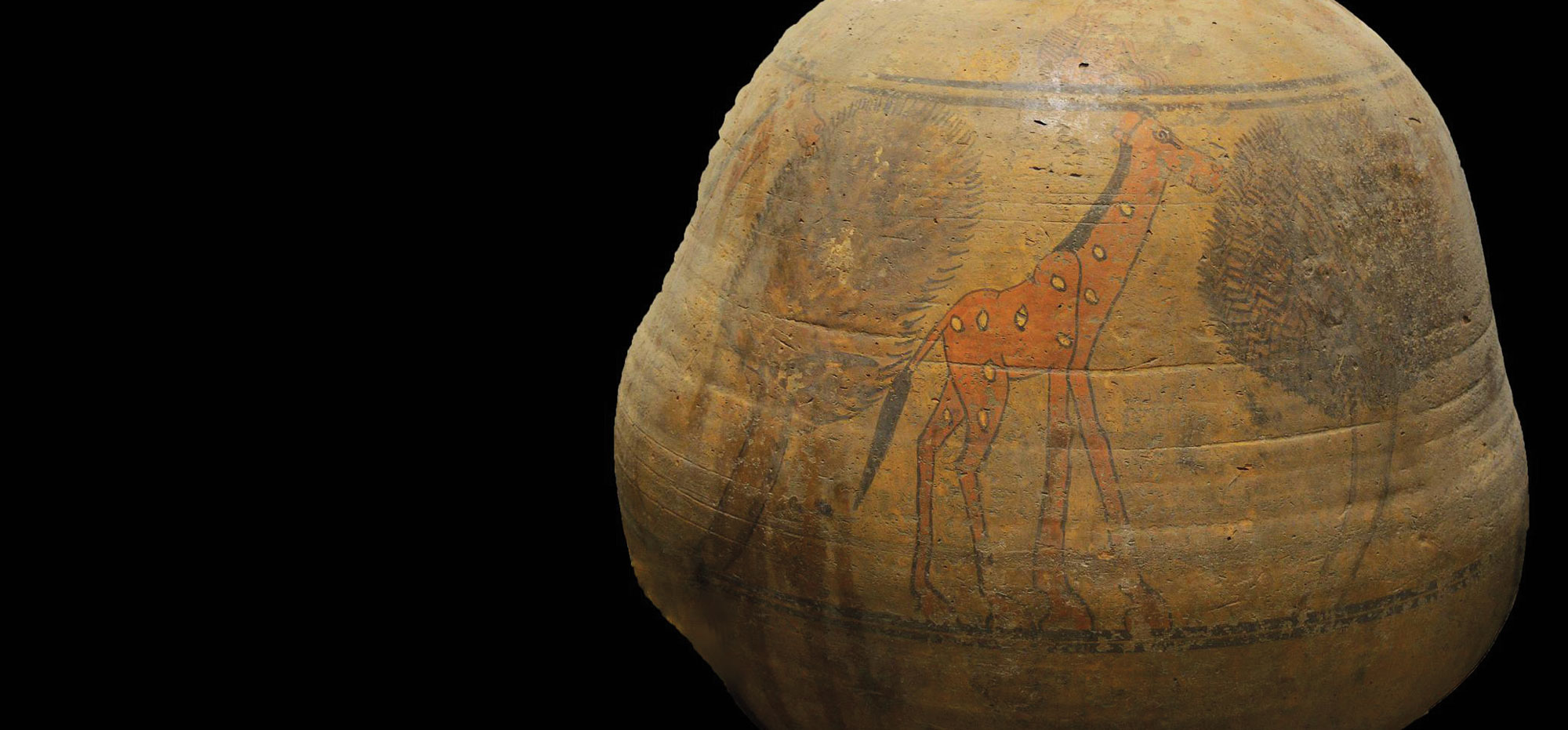
Digs & Discoveries July/August 2023
A Surprise in Sudan
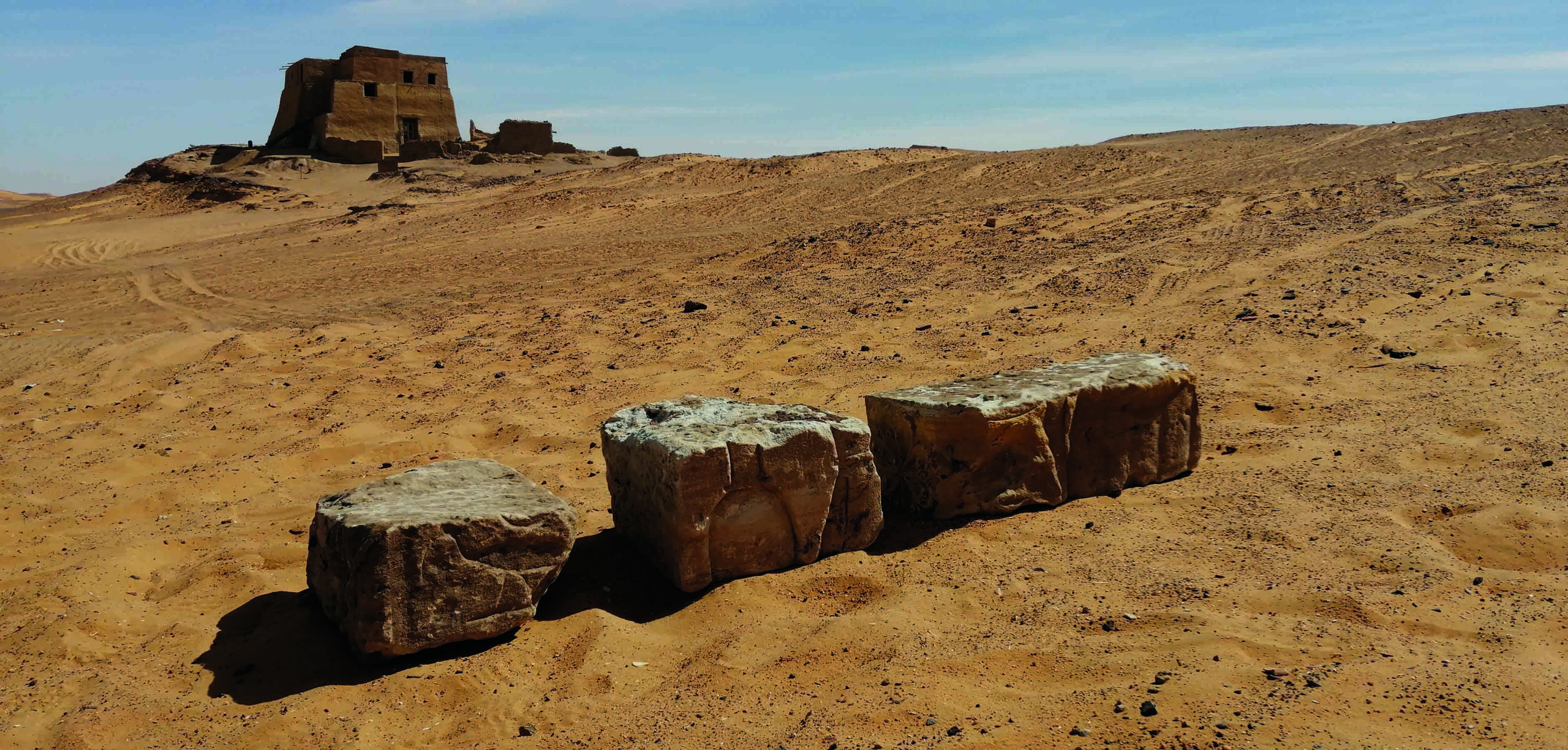
Digs & Discoveries January/February 2022
The Roots of Violence
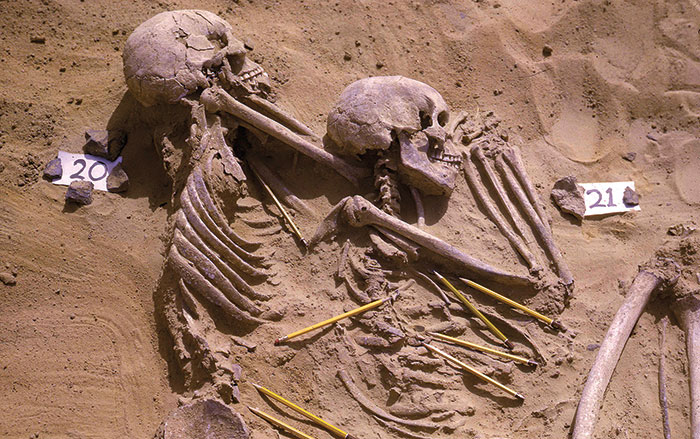
-
Features May/June 2025
A Passion for Fruit
Exploring the surprisingly rich archaeological record of berries, melons…and more
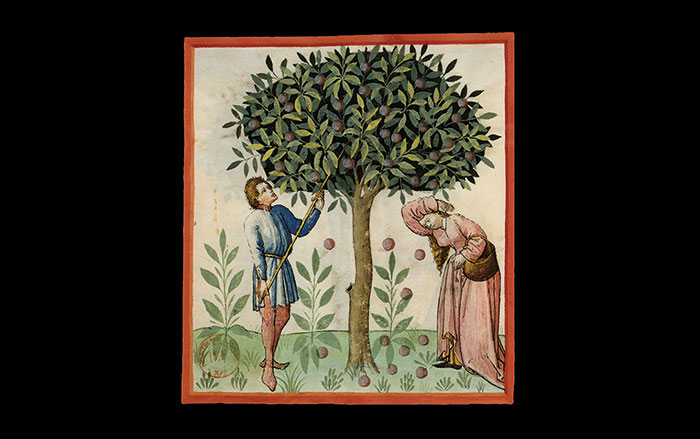 © BnF, Dist. RMN-Grand Palais/Art Resource, NY
© BnF, Dist. RMN-Grand Palais/Art Resource, NY -
Features May/June 2025
Goddess at the Crossroads
Why a city put its trust in a Greek deity feared throughout the Mediterranean world
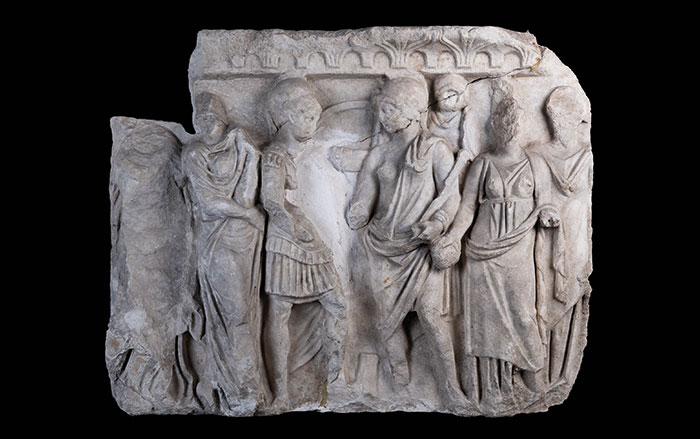 Istanbul Archaeology Museums
Istanbul Archaeology Museums -
Features May/June 2025
Desert Paradise Found
How a tiny, water-rich kingdom came to dominate vital trade routes in the Arabian Gulf 4,000 years ago
 Courtesy BACA/Moesgaard Museum
Courtesy BACA/Moesgaard Museum -
Features May/June 2025
Peru’s Timeless Threads
More than 1,000 years ago, master weavers kept the ancient traditions of the Moche culture alive
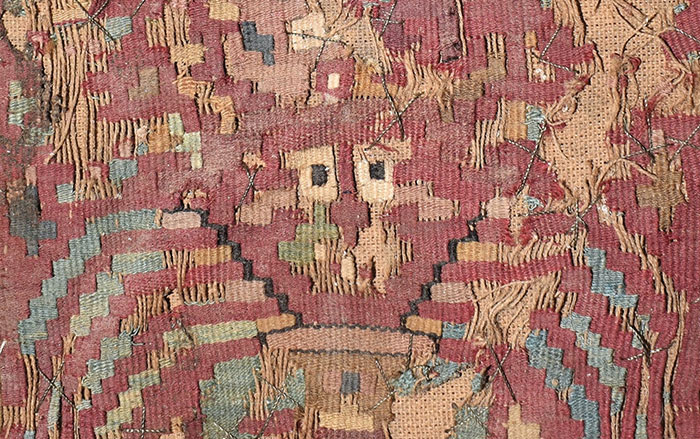 Jeffrey Quilter
Jeffrey Quilter


